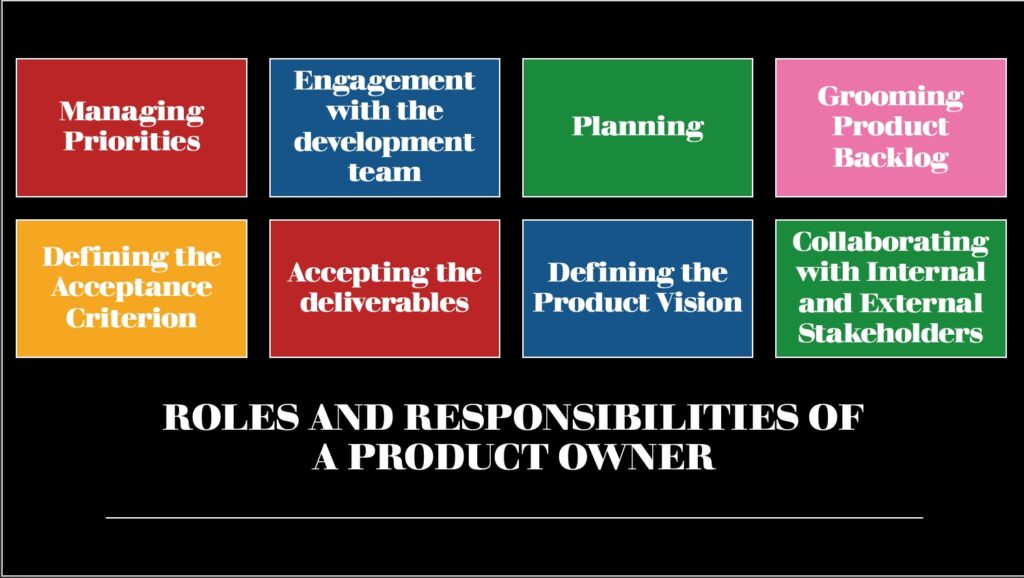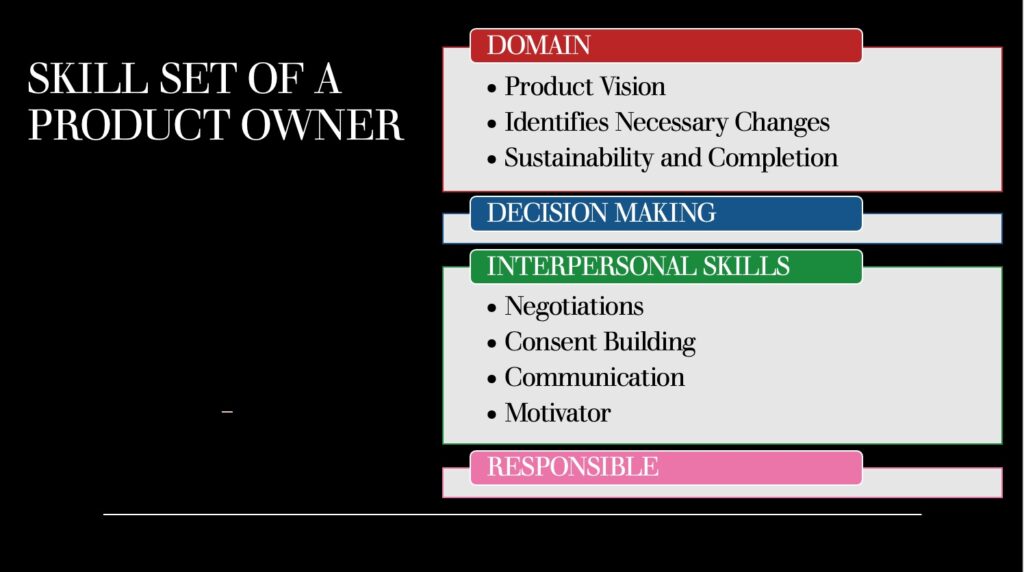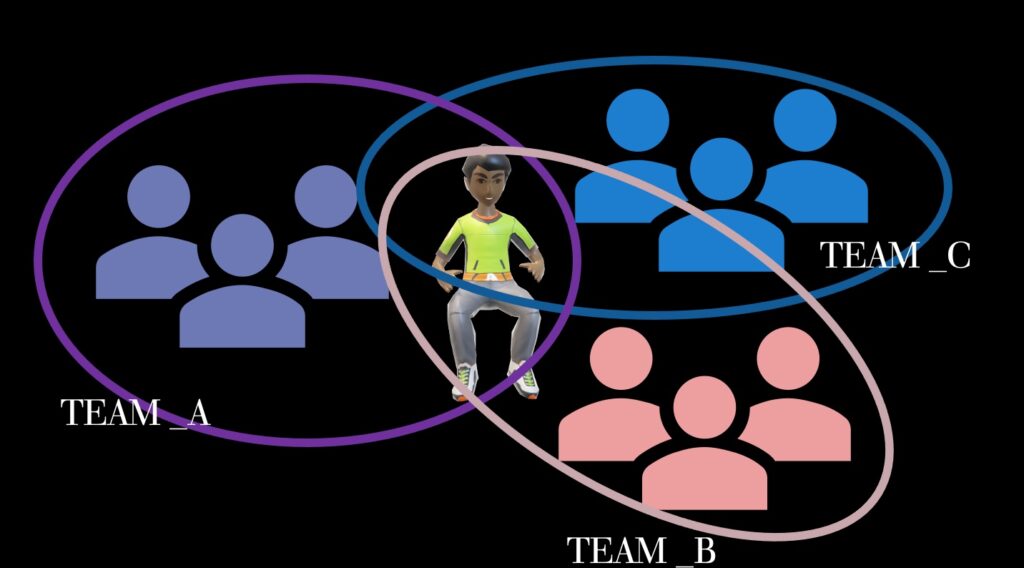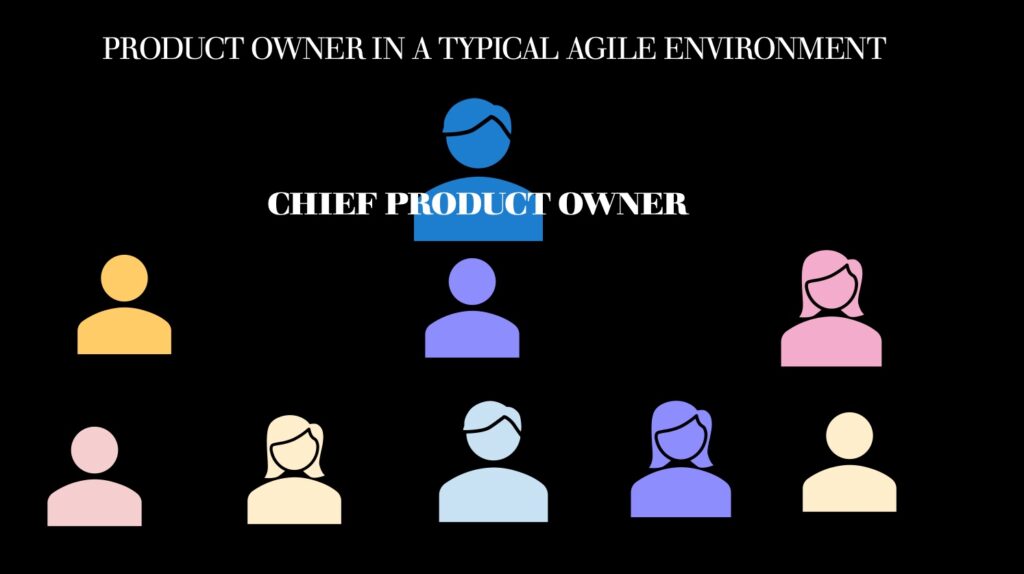No business could ever exist without an owner. Product owners were included for the need of ownership while developing products in an iterative and retrospective environment - an agile approach. In this article, let’s discuss the product owner’s role in an agile setup.
Table of Contents:-
- Introduction
- Roles and Responsibilities of a Product Owner
- Skill Set of a Product Owner
- Product Owner in a Typical Agile Environment
Video tutorial on Product Owners in Agile Setup
Introduction #
The Product Owner is entitled to be one of the most critical people in product leadership in the agile world.
Scrum, an agile methodology, empowers product owners to be one of the three prominent roles (Scrum Master, Product Owner, Development team).
Product Owners are accountable for amplifying the value of the product resulting from the work of the Scrum Team.
Product Owners take ownership of the product backlog, a prioritized list of work, and act as a bridge between the needs of customers/ users/ organization and the development team.
Product Owners are authorized to PASS the developed shippable outcome of an iteration.
Roles and Responsibilities of a Product Owner #
Being a product owner is a full-time job with many responsibilities to be carried out for the successful development of a product. Let’s talk about the major ones.

Product Owner Roles and Responsibilities
Managing Priorities #
The product owner prioritizes the product backlog, new features, and the upcoming release work. He is the one who takes the required decisions related to priority on releases. He also defines the delivery pace for different customers.
Engagement with the development team #
The product owner should collaborate daily with the development team to develop the right product shipment.
Planning #
The product owner is involved in all planning activities required in the project, including release planning, sprint planning, and portfolio planning. A product owner plays a significant role in managing releases because of his knowledge of the organization’s decisions, product features, customer requirements, etc.
Grooming Product Backlog #
A product owner is the owner of a product backlog. He is the only person authorized to delete a product backlog Item. Other grooming activities involve:
- The user story creation.
- Estimating the work items.
- Prioritizing the product backlog items.
Defining the Acceptance Criterion #
The product owner is the one who specifies the conditions that determine if the user-story is done done. These conditions are termed acceptance criteria.
Accepting the deliverables #
The product owners decides if the shipment after the iteration is ready to be delivered to the customers. If yes, they will accept the deliverable.
Defining the Product Vision #
The product owner guides the team with the product vision, ensuring that the team knows the organization’s high-level goals. The product owner also prepares the team for next by envisioning massive backlog work and upcoming priorities.
Collaborating with Internal and External Stakeholders #
The product owner needs to communicate with internal as well as external stakeholders.
READ MORE: Agile Product Owner Responsibilities
Skill Set of a Product Owner #
A good product owner should, at a minimum, own the below skills:

Skill Set of Product Owner
Domain #
The product owner should be excellent in the domain in which the product is being developed. This gives them a good visionary for the product.
A product owner should be able to identify the necessary changes at required times. Having good domain knowledge gives him the upper hand in building a sustainable and competitive product.
Decision Making #
A product owner should be empowered to make significant decisions related to the product. They should have the ability and knowledge to make the hard choices as well when necessary.
Interpersonal Skills #
Possessing good people skills is another asset in a product owner’s profile. The product owner is the one who connects with customers, does the negotiations and consent building. Therefore he must be a knowledgeable, confident, and excellent communicator. At the same time, the product owner should also have good motivational skills to boost people with enthusiasm about the product they are developing.
Responsible #
The product owner accepts the responsibility of the product and is responsible for the success or failure of product development. Therefore product owners should be committed to the internal as well as external stakeholders.
Product Owner in a Typical Agile Environment #
In a typical agile environment, a product owner can act on this role for more than one team if the time permits.

Note: There is only one person that can be the product owner for the team. A team cannot fulfill this role and share accountability though the team can help product owners create user stories, write test cases, etc.
Also, we cannot rotate the product owner’s role because being a product owner needs excellent knowledge and experience.

Product Owners in Large Set Ups
In large setups where the development effort for the product is huge, there may be multiple teams divided to work on different sections of the product. In such cases, there might be more than one product owner, and hence they can form a hierarchy of product owners working on the same product. The person on the top of the hierarchy can be labeled as the Chief Product Owner and is the product owner of the whole product, while others working lower in the hierarchy are product owners of different product sections.
I hope I was able to describe who product owners are and their role in an agile environment. Good Luck!!!